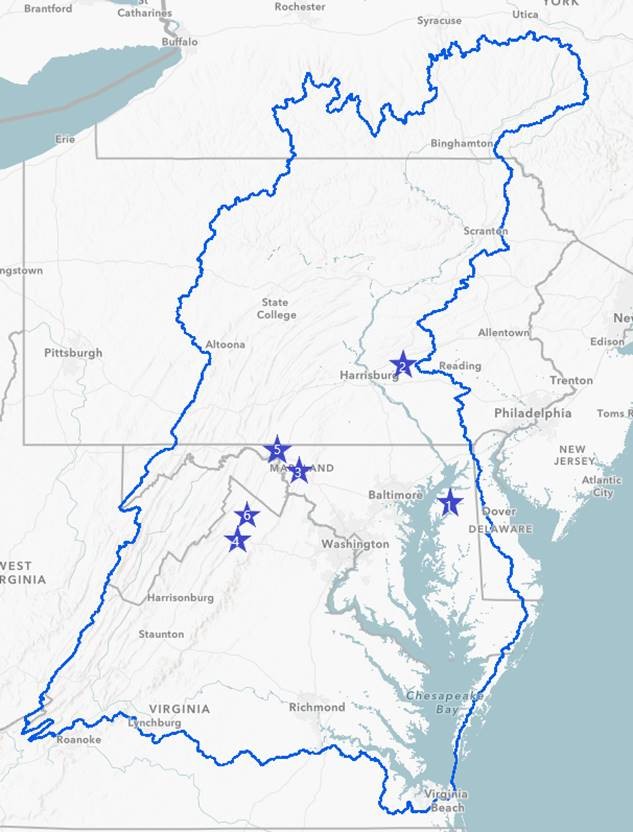

There are many reasons why farmers convert to grazing. Graziers can save money on labor, feed costs, and vet bills. Often, they get higher prices for their products. Many producers also say it improves their quality of life.
Planting grass instead of corn for feed or moving from continuous grazing to rotational grazing benefits the environment in a multitude of ways:
Equally important, good grazing management helps reduce feed costs, making farms more profitable.
"Improved pasture management offers the single greatest opportunity to lower production costs. A primary goal of livestock producers should be to utilize grazed forage for as many months of the year as possible . . ." (White, Harlan, Controlled Grazing of Virginia's Pastures, March 2009).
Profitable farms are more likely to remain operational, keeping more land in agriculture.
As part of a recent USDA grant, we estimated the environmental benefits of converting to rotational grazing on actual farms in the Chesapeake Bay region. We used farm scale models—COMET-Farm for greenhouse gas emissions and the Chesapeake Bay Nutrient Trading Tool (CBNTT) for nutrient and sediment loads—to quantify benefits for six "case study" farms.
Both models are available online from Colorado State University/NREL and CBNTT and are free to use, but users need to establish an account and password to protect the confidentiality of the data.
For each farm, Chesapeake Bay Foundation (CBF) staff worked with the producers to obtain the necessary information to run two scenarios: the "baseline scenario," which reflected on-farm conditions and practices before the conversion to rotational grazing and the "current scenario," which reflects conditions after the conversion. We also collected "before and after" samples to assess changes in soil health.
Five of six farms showed decreases in whole farm emissions of greenhouse gases when transitioning to rotational grazing due to a combination of increased carbon sequestration in the soil and lower emissions of nitrous oxide from reductions in fertilizer/manure use. The average reduction across all farms was 42%.
We estimated greenhouse gas emissions per hundred weight (cwt) of milk for two dairy farms in our pilot since graziers typically experience a reduction in annual milk production. Results indicate that even accounting for this reduction there was a 50% and 43% reduction in greenhouse gas emissions when expressed on a cwt production basis.
Modeling results indicate substantial reductions in annual loads of nitrogen, phosphorus, and sediment from all six farms. Average reductions were 63%, 67%, and 47% for nitrogen, phosphorus, and sediment, respectively.
Three of four farms where we had "before and after" soil samples experienced statistically significant increases in key soil health indicators—aggregate stability and organic matter—after converting to rotational grazing. We cannot rule out, however, the influence of climatic conditions on these results.
For more details: Read our Promoting Rotational Grazing in the Chesapeake Bay Watershed and Quantifying the Environmental Benefits: Results for Six Case Study Farms report. The report includes farm details and results, a comparison of the results of COMET-FARM with another greenhouse gas tool, A-Microscale, and recommendations.
The farms represent different geographies, animal types (dairy, beef), and transitions (i.e., continuous grazing to rotational, cropland converted to pasture).

Chesapeake Bay watershed is delineated in blue.